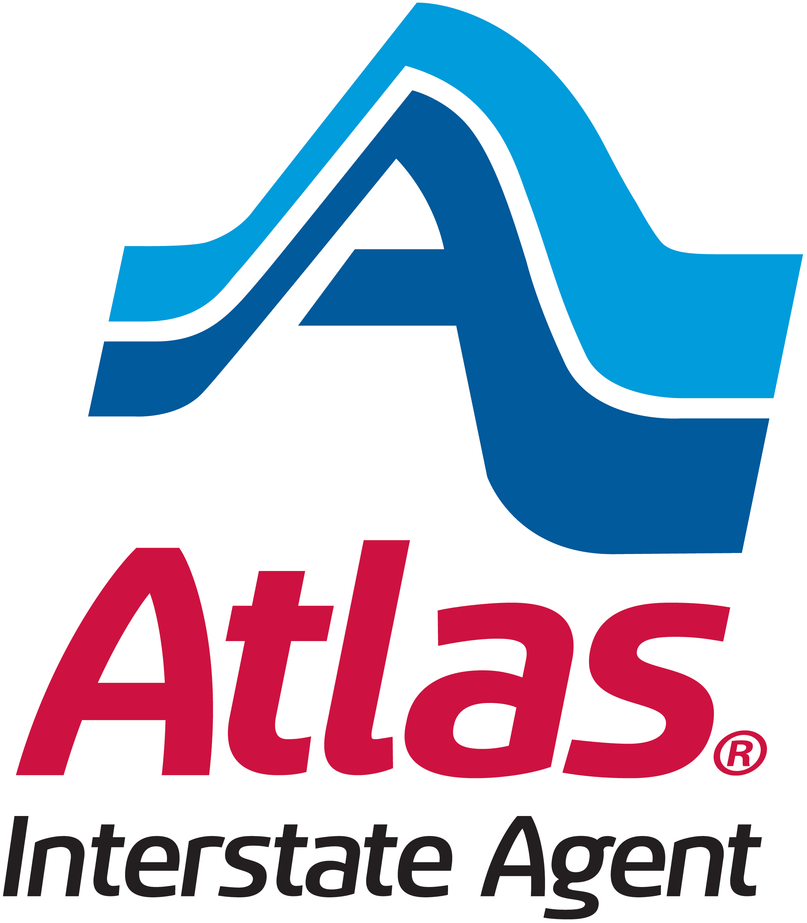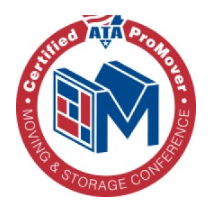4.5 (Verified) 1182 Reviews

Find Movers in Fort Worth, Texas
Our affordable movers offer full-service solutions for all your moving needs.
Select your location and get an instant professional moving quote.

TALK TO A SPECIALIST!
MOVING TIPS & RESOURCES
CONTACT
- Address:
1201 Arthur Ave.
Elk Grove Village, IL 60007 - E-Mail: Click Here
- Phone: (847) 437-7050
- Privacy Policy
- Terms of Use
Atlas Van Lines, Inc. U.S. DOT No. 125550 (TM & © 2024 AWGI LLC.) | G.P.S.C. 4917 | IL C.C. 4246 | NJPC 00104 | Cal-T 110193
© 2024 Nelson Westerberg, Inc. All Rights Reserved Worldwide.


